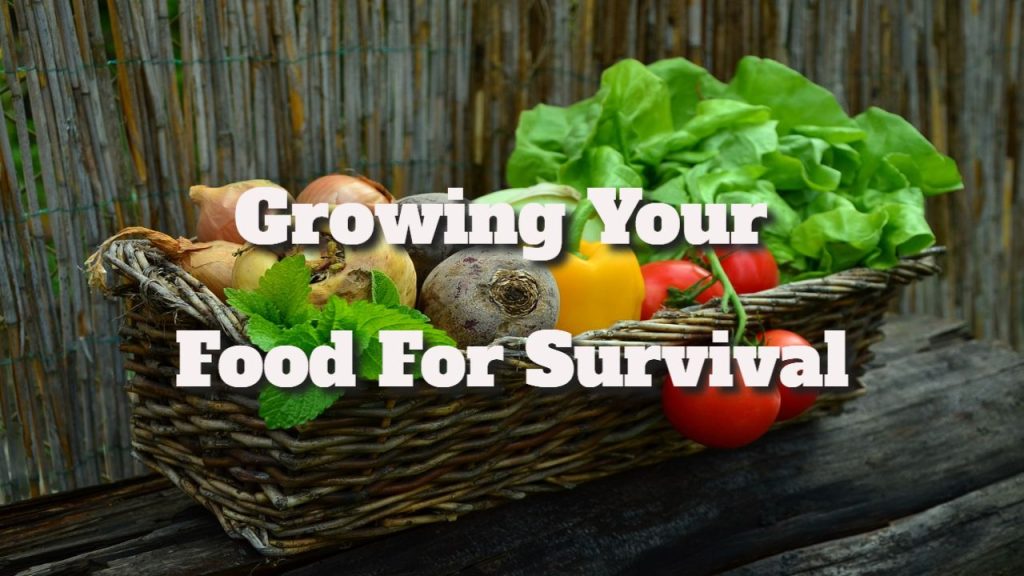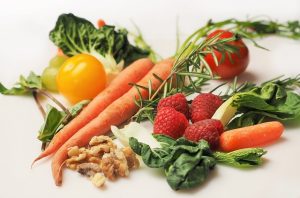Growing your Food for Survival – Tips and Practices
Growing your Food for Survival – Tips and Practices
Growing your survival food is getting more trendy in today’s society. With the rise of natural disasters, worldwide pandemics, and economic uncertainties, more individuals are resorting to self-sufficiency for survival.
Growing your food ensures you access fresh, nutritious products even during distress.
One of the most significant advantages of growing your food is having complete control over your consumption.
You can cultivate organic produce free of dangerous pesticides and chemicals, ensuring you and your family eat healthy and nutritious meals.
Furthermore, growing your food can save you money in the long term by eliminating the need to buy pricey supermarket goods.
Whether you have a vast yard or a little balcony, there are numerous ways to raise your produce. Traditional vegetable patches, container gardens, and hydroponics are a few ways to suit any area or budget.
You may prepare yourself and your family for various situations by learning how to cultivate food.

Understanding the Basics of Food Growing
Choosing the Right Plants
If you want to cultivate your food, selecting the correct plants is critical. You should select plants that are appropriate for your climate and soil conditions, as well as those that are simple to grow and manage.
Tomatoes, lettuce, beans, and peas are among the most popular crops for novices. You may get a lot of produce out of these crops with minimal work.
Soil Preparation and Care
Your plants’ success is directly related to the quality of your soil. Before seeding, prepare the soil by removing weeds and debris and adding organic stuff like compost or fertiliser.
This improves soil structure and fertility while providing the minerals required for plant growth. For optimal soil health for plant growth, it is essential to regularly amend the soil with compost or other organic materials and monitor the pH level during the growing season.
Strategies for Watering
Proper watering is necessary for good plant growth. Overwatering can produce waterlogging and root rot, whilst underwatering causes plants to droop and die. It is critical to strike a balance and water the plants regularly but not excessively.
Thoroughly watering once or twice weekly is an excellent general rule of thumb; however, this can vary with weather and soil conditions. Mulch can also act as a soil moisture retainer, lowering the frequency of watering requirements.
If you understand the fundamentals of food cultivation, you may establish your garden and provide fresh, nutritious food for yourself and your family. With the right plants, proper soil preparation and care, and suitable watering tactics, you can reap a rich crop while also enjoying growing your food.
Set up your garden.
Garden Design and Layout
Think about your space and how much light your plants will get as you create your garden. Choose an area that gets at least six hours of sunlight each day. Consider the soil type in your location, as well as water drainage.
Plan your garden according to the space available and the plants you want to grow. Ensure the plants have enough room by considering their size when grown. A garden planner can assist you with this procedure.
Complementary planting
Complementary planting is combining different plants that benefit each other. For example, planting marigolds beside tomatoes can help deter pests drawn to them.
When designing your garden, consider cultivating companion plants. Determine which plants work well together and which should be kept apart. This can boost plant health and reduce the demand for pesticides.
Pest Control
Pest management is an essential part of gardening. Pest management can be accomplished through various approaches, including using natural predators like ladybirds and organic chemicals.
Learn about the pests in your area and choose an efficient pest control approach. Never use more of a pesticide than recommended; doing so could harm your plants and the environment.
By following these guidelines, you can effectively establish your garden and cultivate your food for survival.
Harvesting and storing food
Harvesting Techniques
You can employ a few ways to help your plants thrive when harvesting your food. For root vegetables like carrots and potatoes, use a garden fork to remove the dirt surrounding the plant before pulling it out.
Cut the leaves at the base of leafy vegetables like lettuce and spinach with a sharp knife or scissors. When ripe fruits like tomatoes and strawberries, gently twist or cut them from the plant.
Preservation methods
After harvesting, food must be properly preserved to ensure it lasts as long as possible.
Canning is one of the simplest ways to preserve food. This includes boiling the food in a jar to eliminate all bacteria before sealing it to keep new bacteria out.
Another typical method of preservation is drying. This entails extracting as much moisture as possible from the food by hanging it to dry in the air or using a dehydrator.
Finally, freezing is an excellent approach to preserve food for an extended time. Preparing food for freezing is as easy as washing and chopping it before putting it in a container or bag.
Preserving and keeping seeds
If you wish to grow your food in the future, you need to conserve and store your seeds carefully. The first step is to dry the seeds properly before storing them.
Spread them flat and let them air dry for a few days. When the seeds are dry, please place them in a sealed container and keep them in a cool, dry place.
Write the seed variety and harvest date on the container’s label. This allows you to keep track of your seeds and guarantee they are viable for future sowings.




